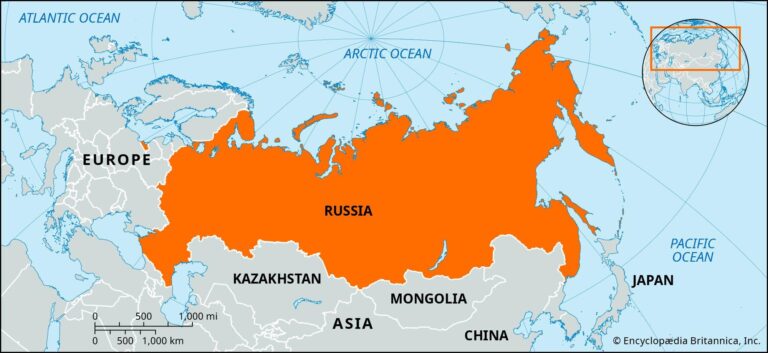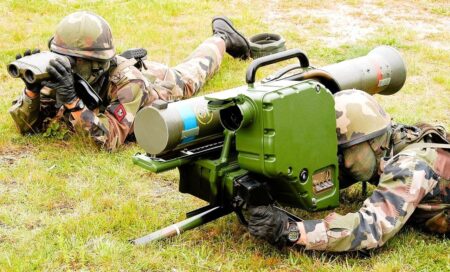In the wake of ongoing conflict, voices within Russia advocating for peace are emerging-but these calls often come entangled with Kremlin-sanctioned narratives and stipulations. The Kyiv Independent’s latest report delves into the complex interplay between genuine public desire for an end to hostilities and the official messaging that shapes and constrains these demands. Amid a tightly controlled media environment and political pressure, the nuances of dissent and the conditions attached to peace appeals reveal much about the current state of Russian society and governance.
Inside Russia Voices for Peace Emerge Amid State-Controlled Narratives
Amid a tightly controlled media landscape, a nuanced wave of peace advocacy is quietly gaining traction within Russia. These voices, often emerging from intellectual circles, veterans, and regional activists, call for an end to the ongoing conflict-but with clear reservations that align closely with Kremlin assertions. Their message tends to emphasize the necessity of maintaining Russian interests and sovereignty, reflecting a cautious approach that distances itself from outright opposition to the state’s narrative. As a result, these peace calls are frequently framed within accepted political boundaries, blending critique with patriotism.
Public sentiment remains carefully calibrated in this environment, where calls for peace are accompanied by conditional frameworks. Key themes include:
- Respect for Russian security concerns as a prerequisite.
- Preservation of cultural and historical ties in disputed regions.
- Support for eventual diplomatic resolutions that do not undermine national pride.
| Group | Peace Stance | Kremlin Alignment |
|---|---|---|
| Intellectuals | Calls for dialogue with conditions | Moderate |
| Veterans | End combat actions with respect for troops | Strong |
| Regional Activists | Local ceasefires and humanitarian aid | Moderate |
Conditions Attached to Peace Calls Reflect Kremlin’s Strategic Messaging
Within Russia’s public discourse, demands for peace are conspicuously paired with explicit prerequisites that align tightly with Kremlin narratives. Rather than advocating an unconditional cessation of hostilities, many voices emphasize the necessity of preserving “territorial integrity” as defined by Moscow and insist on recognizing Russia’s claims over annexed regions. These conditions serve not only as a framework for ending conflict but also as a reinforcement of the government’s strategic messaging aimed at legitimizing its actions and maintaining domestic support.
The Kremlin’s messaging is further crystallized through repetition across official channels, where peace is framed as attainable only if Ukraine agrees to certain political and military concessions. Key elements frequently highlighted include:
- Recognition of Crimea as Russian territory
- Withdrawal of Ukrainian forces from contested areas
- Cessation of NATO expansion and military support to Kyiv
- Formal acknowledgment of “people’s republics” in Donbas
| Condition | Official Kremlin Stance | Impact on Peace Process |
|---|---|---|
| Territorial Recognition | Non-negotiable | Blocks international mediation efforts |
| Military Withdrawal | Required from Ukraine only | Unbalanced terms impede ceasefire talks |
| NATO Demilitarization | Key security guarantee demand | Escalates geopolitical tension |
| Recognition of Donbas Republics | Legitimizes separatist entities | Entrenches divisions in negotiations |
Experts Recommend Scrutinizing Russian Peace Demands for Genuine Conflict Resolution
As the conflict unfolds, international observers emphasize the importance of discerning the true intent behind Moscow’s articulated peace proposals. While official statements gesture towards negotiation and de-escalation, many experts caution that these demands often serve as strategic tools to consolidate gains and legitimize territorial claims. Scrutiny reveals that the Kremlin’s terms tend to prioritize recognition of separatist entities and the preservation of its geopolitical interests rather than a balanced, lasting resolution. This approach raises critical questions about whether the peace overtures are designed to end hostilities or to entrench new realities in the region.
Analysts identify several recurring themes in Russia’s peace rhetoric that underscore its underlying objectives:
- Conditional sovereignty: Insisting on autonomy or federalization that aligns local governance with Moscow’s influence.
- Security guarantees: Demanding restrictions on NATO’s presence and military posture in neighboring states.
- Economic leverage: Utilizing sanctions relief and energy exports as bargaining chips.
| Peace Demand | Implication | International Skepticism |
|---|---|---|
| Recognition of separatist regions | Legalizes territorial claims | Seen as violation of sovereignty |
| Demilitarized buffer zones | Limits Ukrainian defense capabilities | Possibility of strategic advantage for Russia |
| Withdrawal of Western arms | Reduces Ukraine’s resistance potential | Criticized as undermining self-defense |
The Conclusion
As the conflict persists, the calls for peace within Russia reveal a complex interplay of genuine public desire and adherence to official narratives shaped by the Kremlin. Understanding these conditional demands is essential to grasping the broader dynamics at play inside the country, where voices for reconciliation coexist with strategic messaging. The evolving discourse underscores that any prospect for peace will likely remain entangled with political agendas and state-controlled perspectives.




